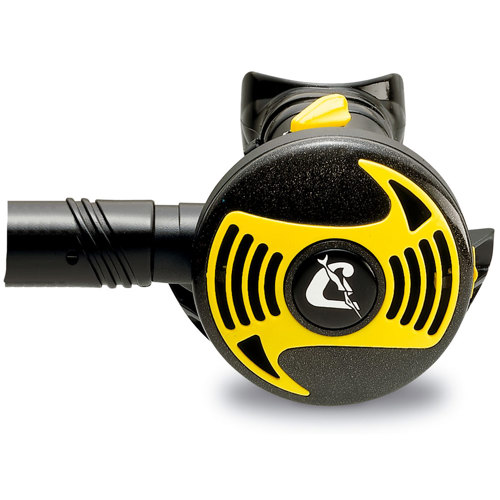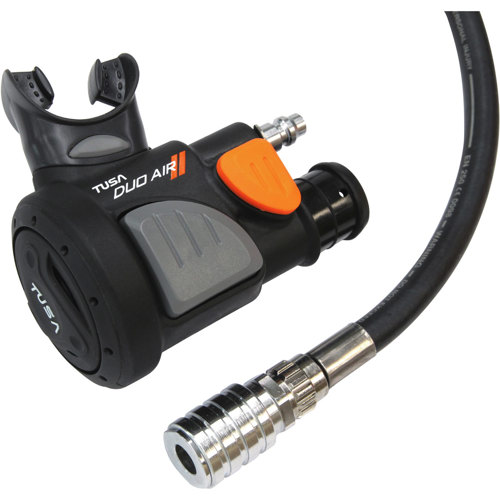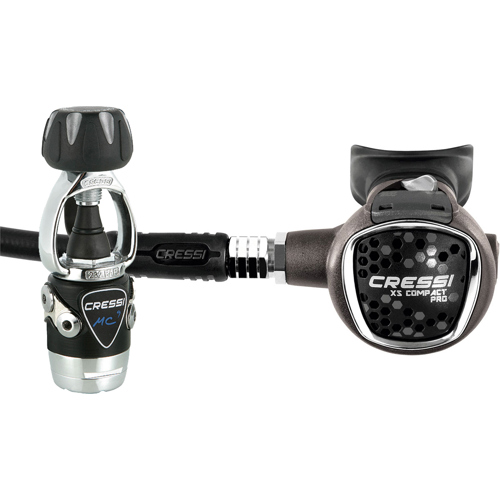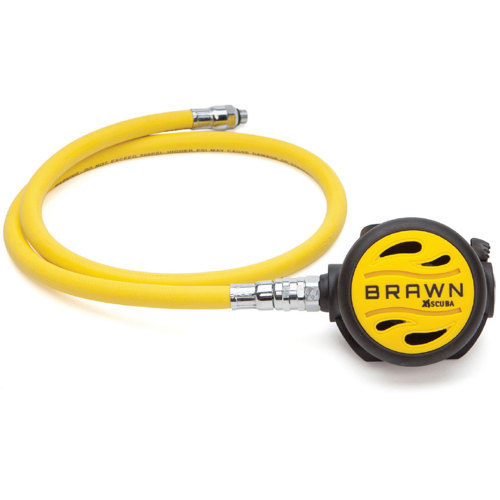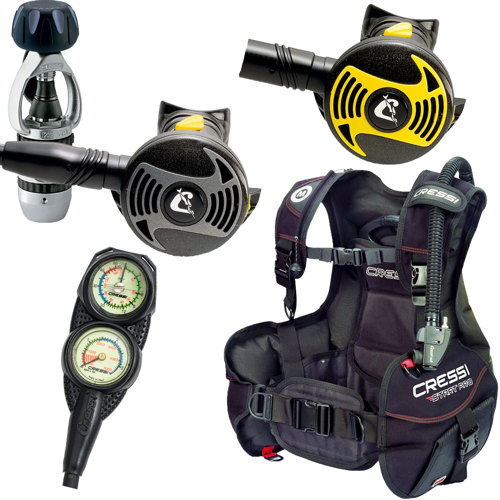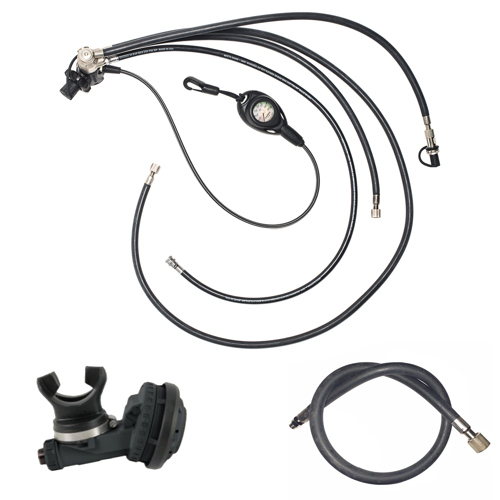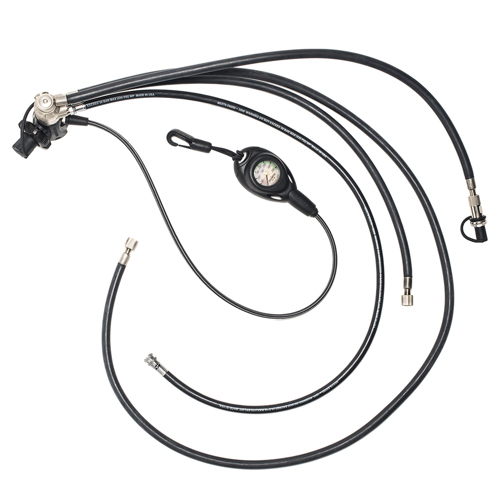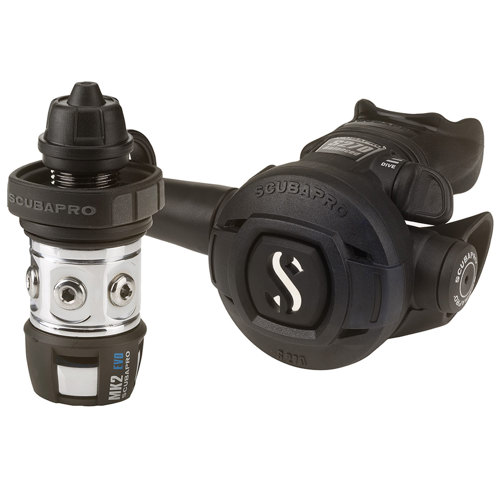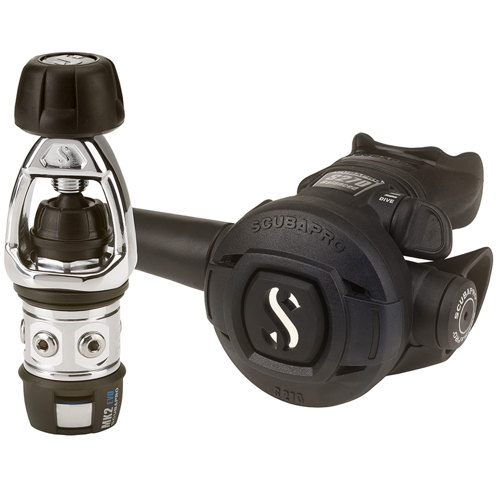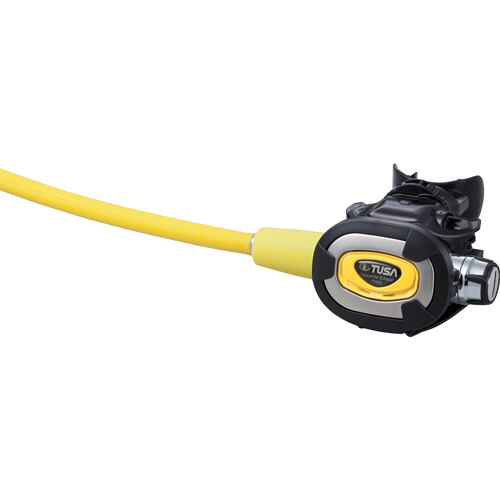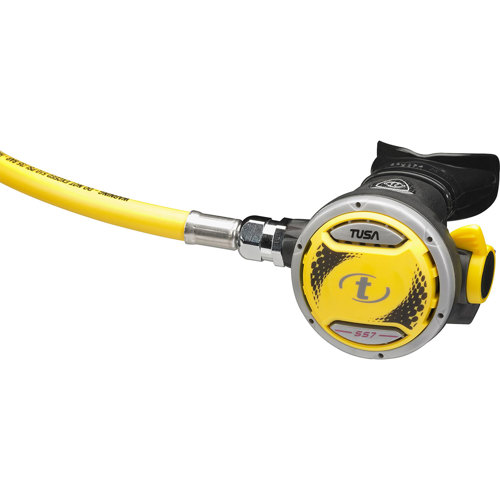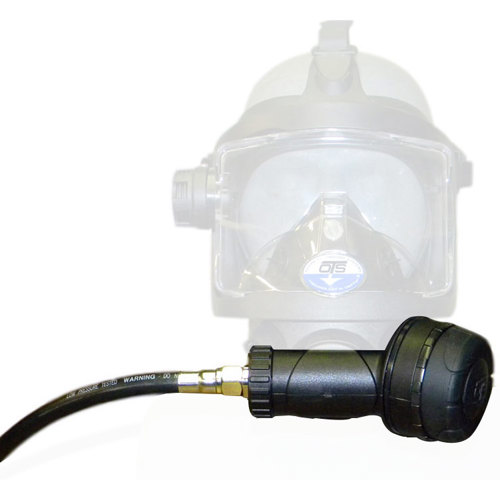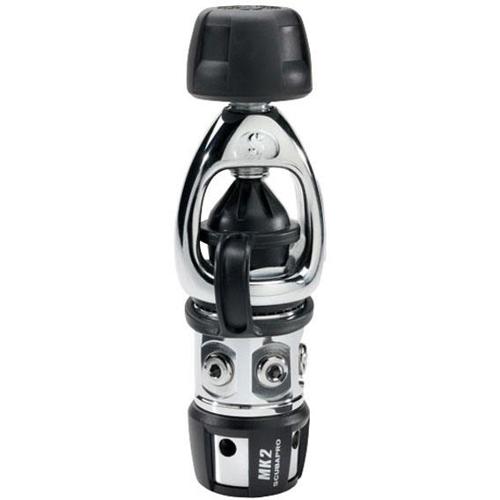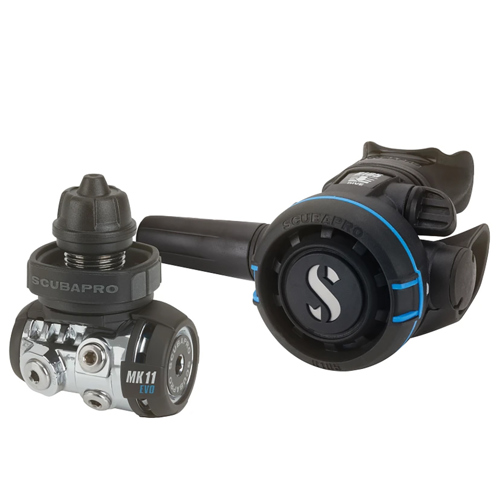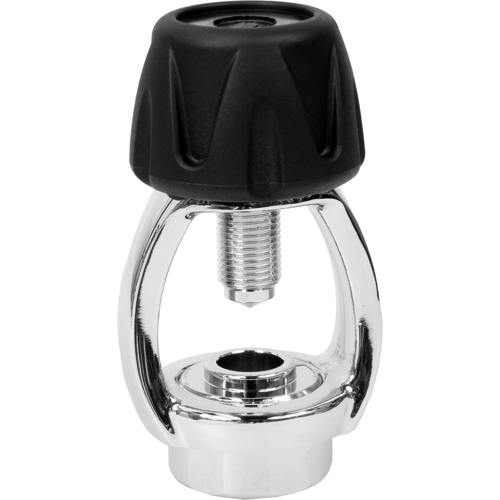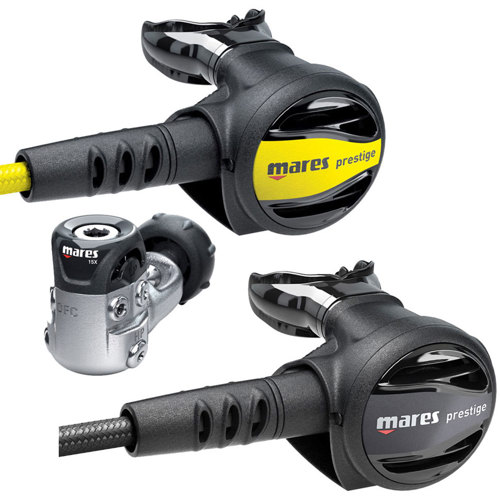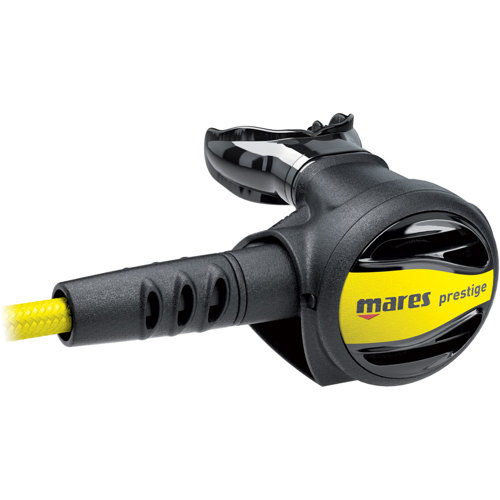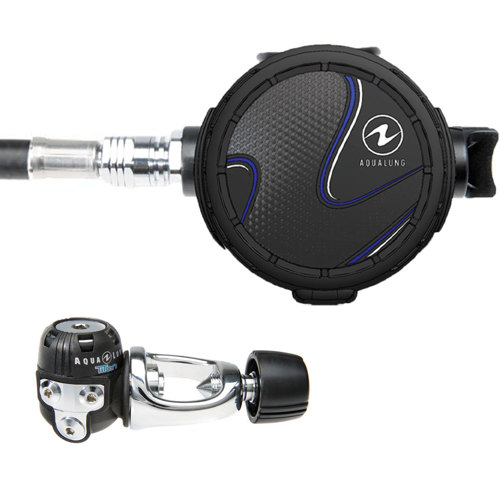Downstream valve regulators, often referred to as pressure reducing regulators, play a crucial role in a wide range of industrial and technical environments, ensuring that systems operate safely and efficiently. These self-contained devices are designed to automatically reduce a higher upstream pressure to a steady, lower pressure downstream of the valve, regardless of fluctuations in inlet pressure or flow rates. This makes them indispensable in settings such as oil and gas processing, natural gas distribution, and pneumatic systems, where maintaining precise control of pressure is essential for both safety and optimal performance. Imagine walking through a sprawling industrial facility on a crisp September morning, the hum of equipment in the background, where every valve and pipe must work in harmony. In these environments, downstream regulators act as silent sentinels, constantly adjusting their internal valve positions in response to feedback from the controlled system. If the downstream pressure rises unexpectedly, the regulator instinctively closes slightly; if it drops, the regulator opens to restore the set pressure. This automatic adjustment, powered by the system’s own energy, protects sensitive equipment and ensures that processes like compressor operation, fuel line management, and chemical injection remain consistent and reliable.
For professionals responsible for the maintenance and safety of complex systems—whether in a refinery, a natural gas distribution network, or a laboratory—choosing the right downstream regulator is a matter of both expertise and trust. These regulators are often used in applications such as pressure control in separators, compressor suction drums, heater-treater vessels, and even in reactors and storage tanks where precise pressure control and blanketing services are required. When selecting a downstream regulator, it’s important to consider factors such as the required pressure range, flow capacity, compatibility with the media being controlled (be it air, natural gas, or another process gas), and the environmental conditions in which the regulator will operate. For instance, in colder autumn months, regulators that can withstand temperature fluctuations and potential condensation are especially valuable, ensuring uninterrupted performance even as the weather shifts. The robust construction and self-operated nature of these devices mean they require minimal external power or intervention, making them a dependable choice for both remote and high-demand locations.
Downstream valve regulators also make thoughtful and practical gifts for technicians, engineers, or anyone involved in process control and safety management. Gifting a high-quality downstream regulator is a gesture that acknowledges the recipient’s expertise and commitment to operational excellence. These devices are not only tools but also investments in the longevity and reliability of critical systems. Whether for someone just starting out in the field or a seasoned professional gearing up for a busy season of equipment upgrades and maintenance, a downstream regulator is a gift that speaks to both utility and foresight. As industries continue to evolve and the demand for precise, automated control grows, the importance of selecting the right pressure reducing regulator cannot be overstated. For those interested in exploring related options, especially for applications requiring responsive, on-demand airflow control, our selection of
Demand Valve Regulators offers additional solutions tailored to specialized needs. With the right regulator in place, you can step confidently into the new season, knowing that your systems are protected by the best in pressure control technology.

